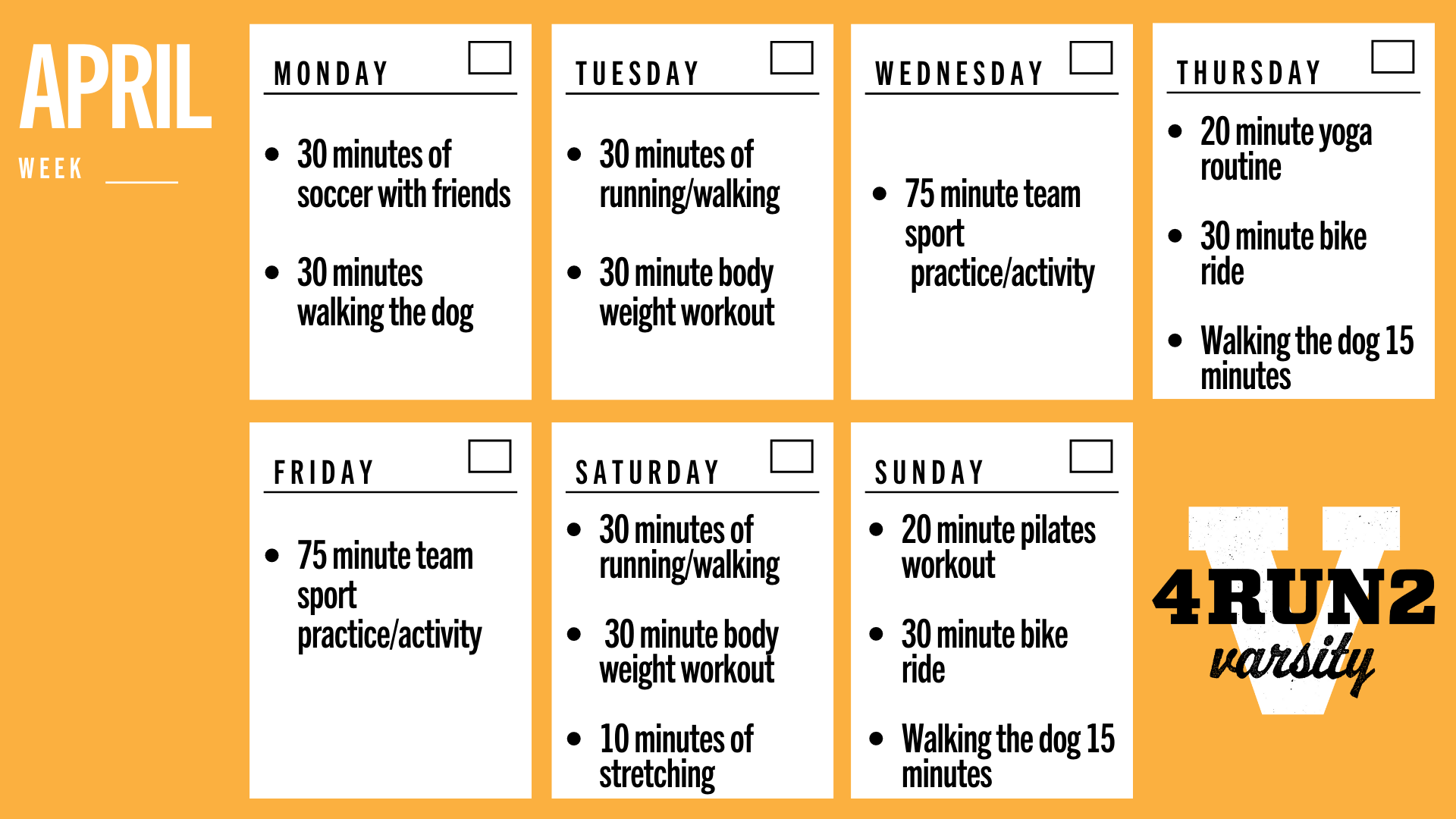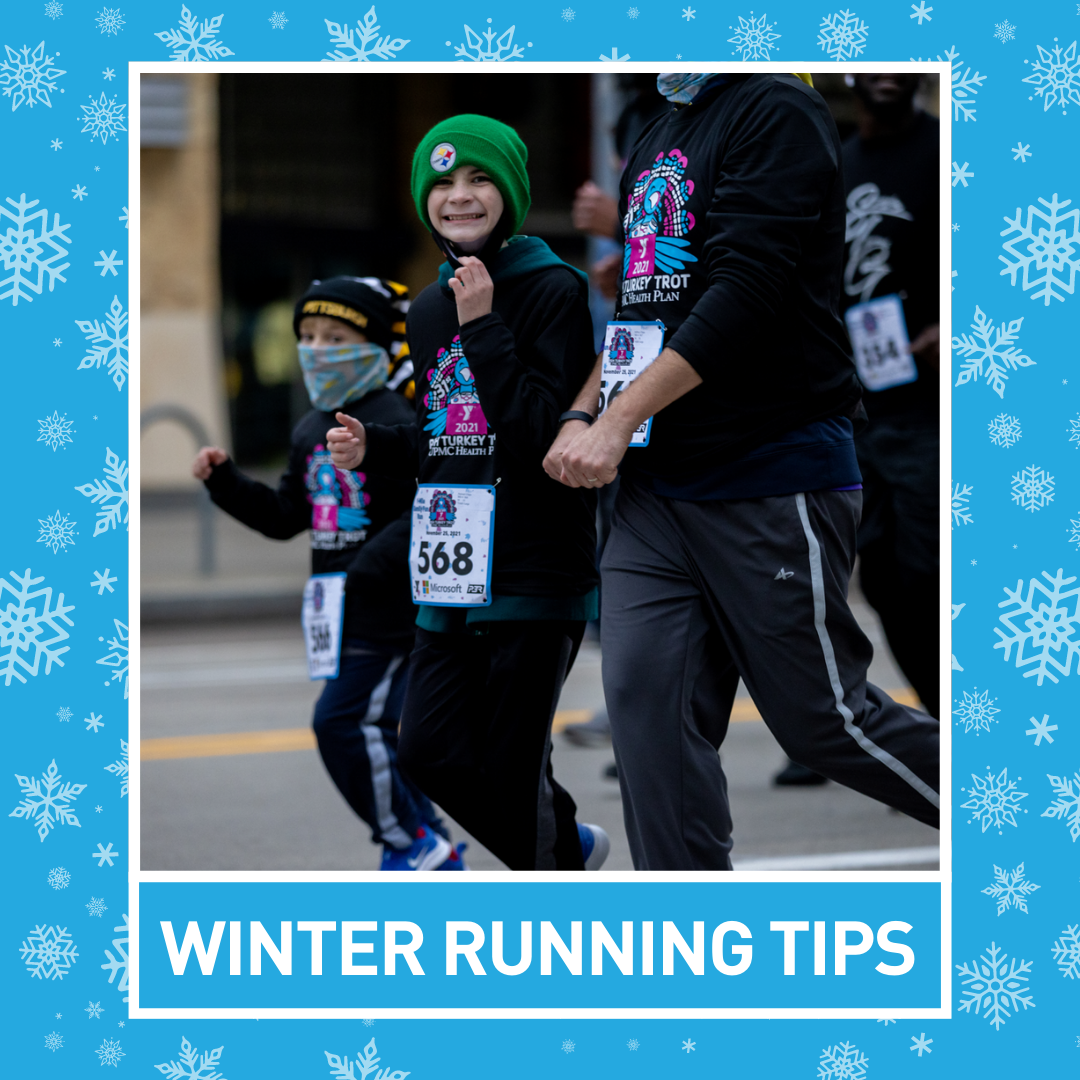


How to Build Your Own Training Plan
Starting a new workout plan or committing to get in shape can be a daunting task. Where do you start? How often should you workout? Keep reading as we answer important questions like these and help you every step of the way!
With a plethora of information available on the internet, it can become overwhelming to find clear cut answers to these questions. In this blog, I’ll be covering the basics of getting started and creating a training plan that works for you and your specific goals!
An optimized workout plan will incorporate these three main components: aerobic activity or cardio, resistance training, and some form of stretching.
1. Aerobic Activity:
Ideally, children and teens should aim for 60 minutes or more of aerobic activity a day, or at least 3 times a week. Don’t let this number scare you! This doesn’t mean you have to spend each afternoon sprinting on a treadmill, unless that’s your thing! These minutes can be made up with a combination of walking, running, sports, dancing, cycling and muscle strengthening activities. Anytime you spend being active at school or during after school activities totally counts for this, just make sure you’re getting your heart rate up. As you progress, start to increase your frequency and intensity by 5-10 minutes every 1-2 weeks for the first 4-6 weeks. You can do this by incorporating more HIIT or tabata style workouts that focus on higher intensity for shorter durations and shorter rests (ACSM Guidelines).
2. Resistance Training:
As part of the 60 minutes a day, plan to incorporate resistance training for 3 or more days a week. These movements should start with body weight and a large focus on proper form, before adding any kind of weight. For children under the age of 13, advanced exercises and added resistance are not recommended and instead should be supplemented with bone strengthening activities such as jumping, running, basketball and tennis. Some good examples of body weight training that will target the whole body include; push ups, tricep dips, lunges, squats, planks, side planks, bird dogs and hip thrusts. Repeat these movements for 1-2 sets of 8-15 reps, with around 2 minutes rest between sets. Once you’ve solidified your form, it's okay to add resistance as slowly as you need to with bands, dumbbells or kettlebells, of a light to moderate intensity (ACSM Guidelines).
3. Stretching:
For 2 to 3 days a week try to stretch all your major muscle groups; chest, abdominals, back, quads, hamstrings, glutes, biceps, triceps, shoulders. You can accomplish this through a yoga or other stretching program, and would ideally be done after a workout when your muscles are still warm. Try to hold each stretch for around 30-60 seconds or until the point of slight discomfort.
A weekly training plan could look something like this;

But, feel free to tailor it to your schedule, as the best workout plan will be one you can actually stick to. You can vary your workouts as much or as little as you like, by incorporating new styles or working out in new places if you can. Overall, the most important thing is getting up to move and having fun doing it!
Elsa Hanson-Schiffgens is an intern with the Youth Programming Department at P3R. You may have seen her on the 4RUN2 Varsity Instagram page, where she has been posting some quick workouts that are designed for teens of all fitness levels. Elsa will soon graduate from the University of Pittsburgh with a BS in Exercise Science on the Directed Research track.
Sources: Riebe, Deborah, et al. ACSM's Guidelines for Exercise Testing and Prescription. Wolters Kluwer, 2018.


